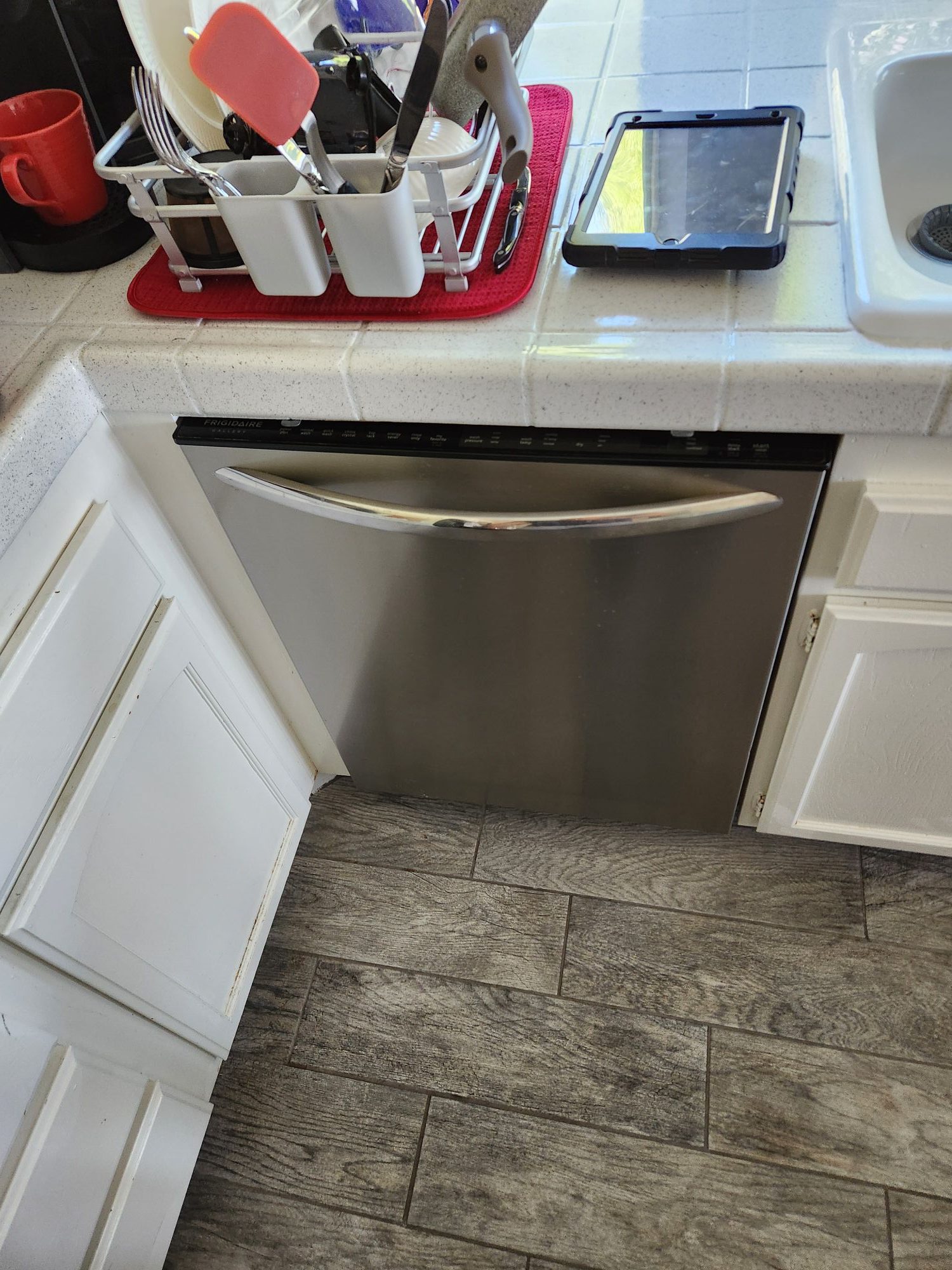Having your dishwasher leave your dishes wet at the end of the cycle can be frustrating. Instead of simply unloading clean, dry dishes, you’re left with water spots, drips, and the need for a towel. If you’re tired of dealing with damp dishes, it’s time to uncover why this might be happening and what you can do to fix it.
⠀
Why Are Your Dishes Still Wet?
⠀
A dishwasher’s drying process should leave dishes ready to use immediately. When they’re still wet, one or more elements in the drying mechanism may be out of sync. Here are common reasons dishes remain wet and what can be done to correct these issues:
⠀
- The Drying Cycle Isn’t Used Properly
⠀
Many modern dishwashers have customizable settings, including an optional drying cycle. If you’re noticing damp dishes, check that the drying setting is activated. In some cases, especially with energy-saving models, the dishwasher might need to be set to a higher temperature for optimal drying.
⠀
- Dishes Are Not Loaded Correctly
⠀
Loading the dishwasher improperly can block air circulation and prevent effective drying. When larger items, like pots and pans, are placed in the top rack, they may obstruct airflow, leaving other items damp. Ensure dishes are loaded with space between them to allow air to circulate, which is essential for drying. Place cups and bowls upside-down to prevent water pooling, and avoid stacking items to maximize airflow.
⠀
- The Rinse Aid Dispenser is Empty
⠀
Rinse aid is crucial for efficient drying, as it reduces water spots and speeds up drying. When it’s missing or the dispenser is empty, water clings to dishes, leaving them wet. Check the rinse aid dispenser regularly and refill it as necessary. Many dishwashers indicate when the rinse aid level is low, so be sure to keep an eye on that alert.
⠀
- Using an Eco-Friendly Cycle
⠀
Eco cycles are fantastic for saving energy, but they sometimes compromise drying efficiency to conserve power. This mode may leave dishes damp as it typically operates at a lower temperature and skips or reduces the heat drying cycle. If dry dishes are a priority, consider using the regular wash mode instead of the eco setting, or use a heated dry option if available.
⠀
- Heating Element Issues
⠀
The heating element in a dishwasher is responsible for heating the water and producing heat for drying. If it’s malfunctioning, it won’t reach the required temperature to dry dishes effectively. You can test if the heating element is working by running a short cycle with hot water and carefully checking if it’s warm after. If the water isn’t heating up, the element may need repair or replacement.
⠀
- Blocked Vent
⠀
Some dishwashers are equipped with a vent that releases steam during the drying cycle. If this vent is blocked, the steam remains trapped, leaving dishes wet. Ensure nothing is obstructing the vent, and if it’s clogged or damaged, it may require professional maintenance. If your dishwasher’s vent system is motorized, it’s best to check the fan for proper operation.
- Plastic Items and Poor Heat Retention
⠀
Plastic items, like containers or utensils, are notorious for retaining water due to their lower heat retention. This isn’t always the dishwasher’s fault, as plastic simply doesn’t dry as effectively as ceramic or glass. Consider air-drying plastics outside the dishwasher after the cycle ends, or place them strategically where they’re less likely to gather water.
⠀
- Older or Worn Gaskets and Seals
⠀
Gaskets and seals prevent water leakage and maintain the internal temperature required for drying. Over time, these parts can wear out, resulting in inefficient drying. Inspect seals around the door and edges to check for cracks or deterioration. Replacing worn gaskets can improve the drying performance and overall efficiency of your appliance.
⠀
DIY Fixes to Try at Home
⠀
- Ensure Proper Loading: Always load the dishwasher according to the manufacturer’s recommendations, keeping larger items on the bottom and smaller, heat-sensitive items on the top.
⠀
- Activate the Heated Dry Option: If your dishwasher has a heated dry option, turn it on for added drying power.
⠀
- Refill Rinse Aid Regularly: Don’t skip on rinse aid; it can make a noticeable difference in the drying results.
⠀
- Clean the Heating Element: Over time, mineral buildup may accumulate on the heating element. Gently clean it with vinegar and water to restore optimal performance.
⠀
- Run Hot Water Before Starting the Dishwasher: Run your kitchen faucet until the water is hot, so the dishwasher fills with hot water from the beginning.
⠀
- Wipe Down the Door and Gaskets: Regularly clean the door seals to ensure they’re free of debris and able to maintain the right temperature for effective drying.
⠀
If you’ve tried these fixes and your dishwasher still doesn’t dry properly, it may be time for a professional inspection. A certified technician can check the heating element, vents, and other components to diagnose any hidden issues. Persistent drying problems can signal a larger issue, and an expert will have the tools and experience to resolve it safely and effectively.
⠀
At Home Appliance Service Center, we specialize in diagnosing and repairing dishwashers of all brands and models. Our experienced team can quickly assess the problem and recommend the best solution, ensuring your dishes come out sparkling clean and dry after every cycle. Don’t let a minor inconvenience turn into a major frustration—reach out to us today for prompt and reliable service.
Contact us
 619-928-5000
619-928-5000  Request Service
Request Service 
